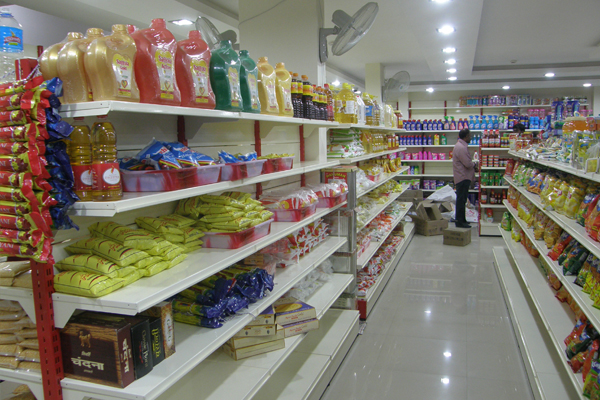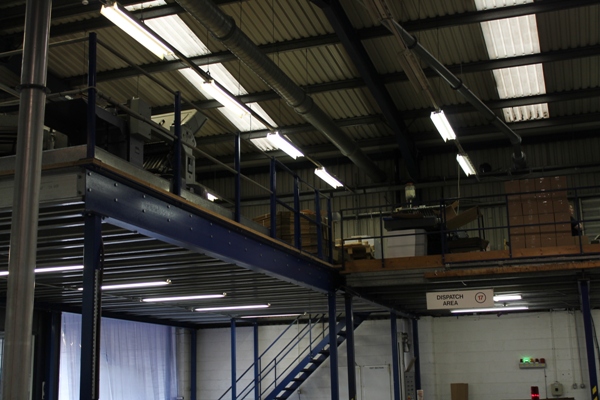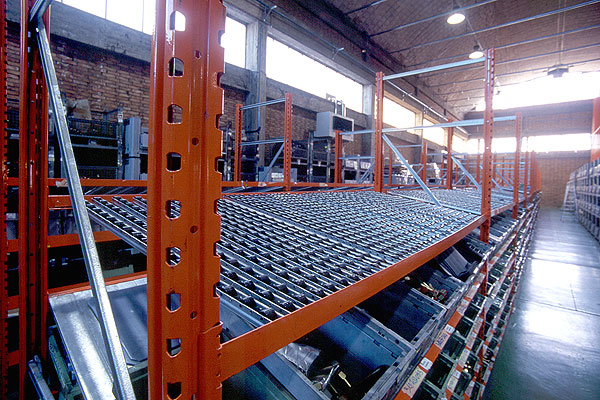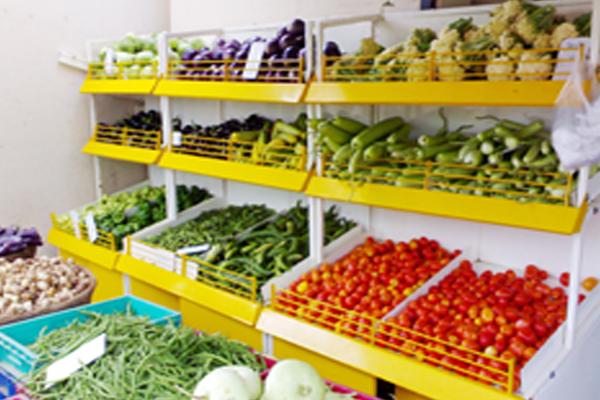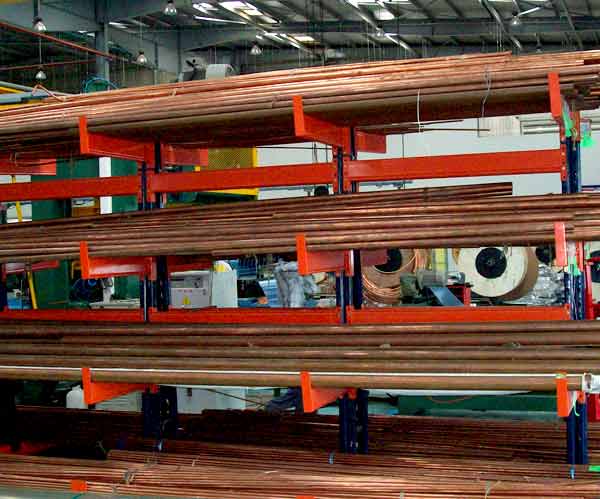
Industrial racks come in different types and installations, but they are often confused by most users due to their similarities in built and purpose. Some buyers also go for what they think offer the best value for money, even if these racks do not provide the specific use once installed.
But how should you choose the kind of industrial rack that will serve your needs? It can be a little tricky, but below are some tips that you might want to keep in mind:
Types of industrial racks
Industrial racks may be known using various names, but they usually fall under just a few types: pallet, cantilever, drive-in, push-back, and carbon flow.
1. Pallet racks: Pallet type racks are the easiest to assemble, due to their boltless installations. They are often found in grocery stores and warehouses, as they are easy to use and set up. They can also accommodate a wide range of products with different sizes and weights, by adjusting their beam heights. Pallet racks are also affordable in terms of price, and are the most common rack types offered by suppliers in the market.
Donracks delivers quality stainless steel storage racks for all your industrial and commerical needs across India. We have warehouses at Bangalore, Coimbatore, Chennai, Trichy, Hyderabad, Delhi, Vijayawada, Cochin to meet the industrial and retail storage needs.
2. Cantilever racks: Cantilever racks are another common type of industrial rack, and they are used for storing items of different sizes and shapes. Their multi-level design allows these racks to accommodate various products without the need of frequent adjustment. Most cantilever racks are found in warehouses and department stores; some of them are installed in walls while others can be dragged to the different parts of the store’s floor area based on need.
3. Drive-in racks: Another type of industrial rack is called drive-in, and this is present in businesses that use forklifts. These racks are specially-designed to store large items that have to be removed or replaced at any time of the day in the same floor area. These racks, while movable, are big and heavy, and are more suited for items that have a long shelf-life, such as non-perishable goods.
4. Push-back racks: Similar to drive-in racks are the push-back racks. These are big industrial racks which offer almost twice the storage capacity of drive-in types, and provide the “last-in, first-out” approach to storing items. Push-back racks make use of a forklift, where carts are moved from top to bottom and placed on their designated storage pallet. These racks are likewise common in warehouses, as well as establishments with wide storage capacities.
5. Carbon flow racks: Carbon flow racks work almost the same as push-back racks, but they come with separate entry and exit points. These racks require two aisles, one for loading and another for unloading, and are likewise suitable for items of large quantities but have to be stored in an organized manner.
How to choose an industrial rack
Knowing the different types of industrial racks is easy, but making a choice can still be difficult, especially when you are a first-time rack shopper. However, a few tips to keep in mind when deciding on which industrial rack to use are:
• Items to be stored: What items shall be stored in the rack? If you only need a rack that accommodates products of small or uniform sizes, or a rack that can be installed on a floor area, then a pallet or cantilever rack can do the job. These racks are not only easy to install; they are also suited for both short-term and long-term storage of various items, both perishable and non-perishable.
• Storage quantities: Another factor to consider when shopping for an industrial rack is the storage size of the items. This is very important because not all rack types are created equal, and not all of them can accommodate items of the same size and weight. Pallet and cantilever types can carry smaller storage quantities and weights, while drive-in and push-back racks have the better capacity to accommodate heavier loads, including items placed in containers for storage.
• How the item should be stored: There are items that require special storage organization procedures, such as those being stored in warehouses and department stores. In this regard, racks to be used should also be able to accommodate these storage requirements. Carbon flow and push-back racks are suitable for such storage procedures, while pallet and cantilever racks can be specially designed to meet special storage requirements.
• Floor area: Floor area is likewise an important consideration when choosing an industrial rack, since the positioning of racks may eat or utilize the establishment’s floor space. If you are operating under a small floor space, then it would be more beneficial to use pallet or cantilever racks; on the other hand, drive-in racks are more useful for warehouse-based establishments.
• Pricing: Industrial racks vary in prices due to various factors, such as material and structure, and how these are installed. It is thus recommended to select a rack that meets your budget, provided that the rack can accommodate the items you will place for storage.

